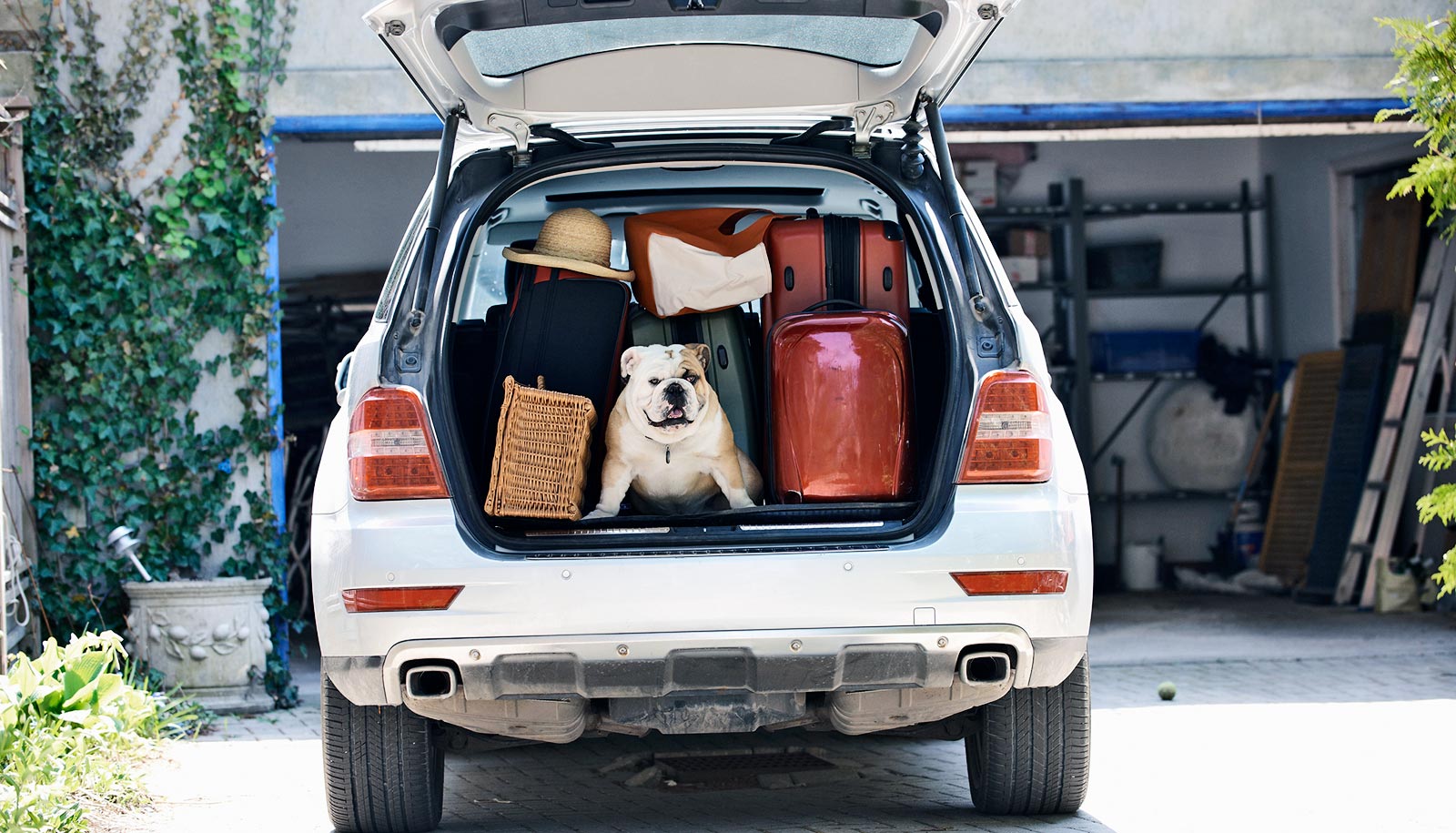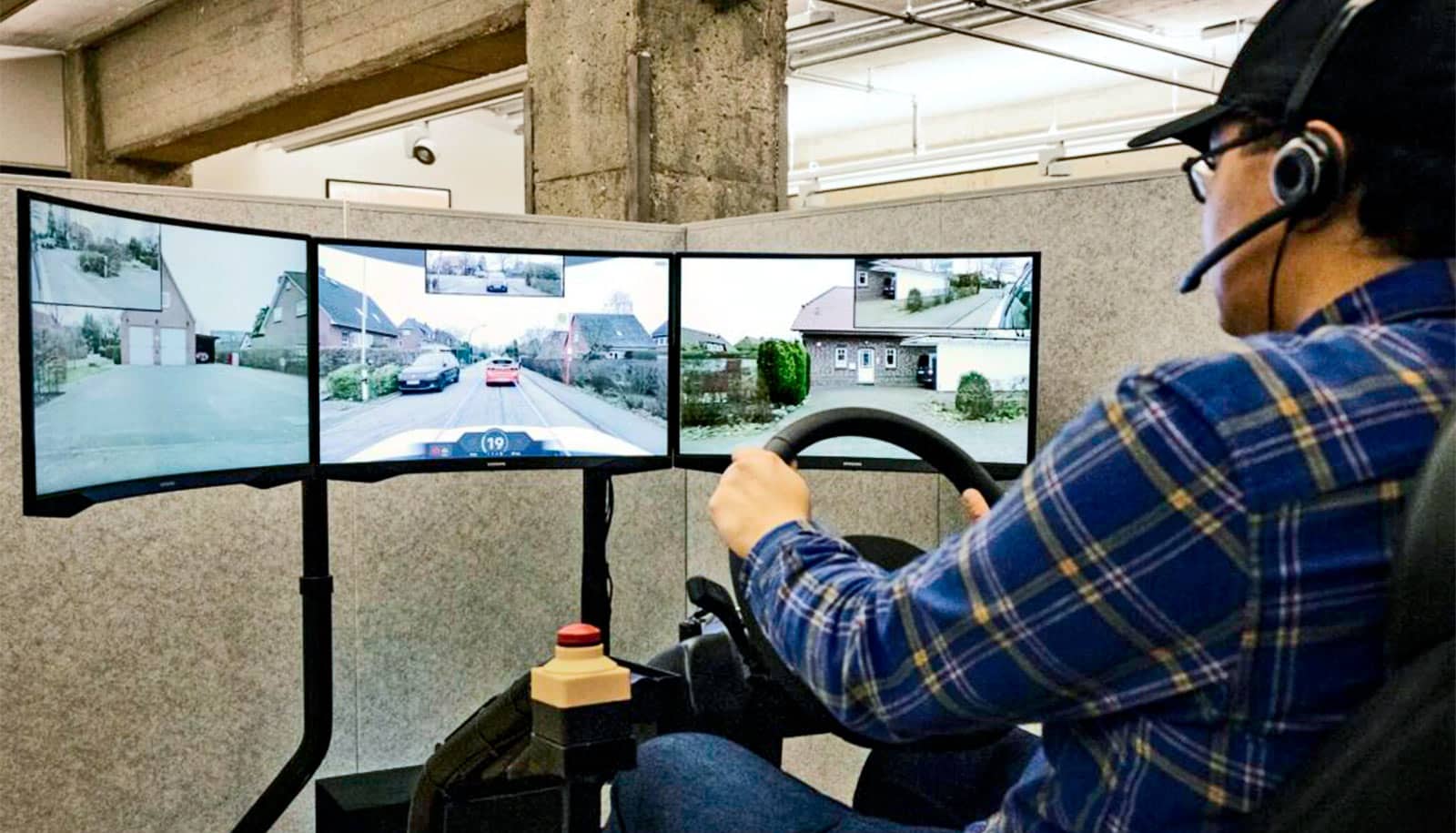While every new generation of automobile technology brings new security risks, the vulnerabilities that come along with self-driving cars are unprecedented and understudied, a new paper suggests.
Imagine the following scenarios:
- Instead of taking you home from work, your self-driving car delivers you to a desolate road, where it pulls off on the shoulder and stops.
- You call your vehicle to pick you up from a store and instead you get a text message: Send $100 worth of Bitcoin to this account and it’ll be right over.
- You buckle your seatbelt and set your destination to a doctor’s appointment, but your car won’t leave your driveway. It senses it’s been hacked and your home is its pre-programmed safe destination.
These three scenarios illustrate the breadth of the cybersecurity challenges that must be overcome before autonomous and connected vehicles can be widely adopted. The white paper, which appears in the Proceedings of the 2nd ACM Workshop on Cyber-Physical Systems Security and Privacy, introduces a new tool called the Mcity Threat Identification Model, which could help academic and industry researchers analyze the likelihood and severity of potential threats.
The new model outlines a framework for considering: the attacker’s skill level and motivation; the vulnerable vehicle system components; the ways in which an attack could be achieved; and the repercussions, including for privacy, safety, and financial loss.
Researchers believe the tool is the first of its kind focused on automated vehicles.
Security ‘blueprint’
“Cybersecurity is an overlooked area of research in the development of autonomous vehicles,” says Andre Weimerskirch, lead author of the paper, who leads Mcity’s cybersecurity working group and is also vice president of cybersecurity for Lear Corp.
“Our tool marks not only an important early step in solving these problems, but also presents a blueprint to effectively identify and analyze cybersecurity threats and create effective approaches to make autonomous vehicle systems safe and secure,” he says.
Connected and automated vehicles are what researchers call a cyber-physical system, with components in the “real” and virtual worlds. The safety stakes are as high as these systems are hard to protect.
Connected and automated vehicles will face familiar threats, and new ones, the report warns. They will be vulnerable to those that regularly disrupt computer networks, like data thieves of personal and financial information, spoofers who present incorrect information to a vehicle, and denial-of-service attacks that move from shutting down computers to shutting down cars.
In addition, new threats unique to automated vehicles themselves emerge—hackers who would take control over or shut-down a vehicle, criminals who could ransom a vehicle or its passengers, and thieves who direct a self-driving car to relocate itself to the local chop-shop, for example.
Boost for solar cells also makes self-driving cars safer
Finally, there are security threats to the wide-ranging networks that will connect with autonomous vehicles—the financial networks that process tolls and parking payments, the roadway sensors, cameras and traffic signals, the electricity grid, and even personal home networks.
“It might seem convenient for an autonomous car that gets within 15 minutes of your home to automatically turn on your furnace or air conditioner, open the garage, and unlock your front door,” the researchers write. “But any hacker who can breach that vehicle system would be able to walk right in and burglarize your home.”
Threat assessment
To demonstrate the insights the new model can provide, researchers used it to examine vulnerabilities in automated parking—both parking assist technology and the more advanced remote, self-parking.
They determined that the most likely attacks are: a mechanic disabling the range sensors in park-assist or remote parking in order to require additional maintenance and an expert hacker sending a false signal to your vehicle’s receiver to turn off remote parking. Both received sixes on the researchers’ 10-point scale, with 0 being lowest probability.
At the same time, the type of attack that would have the most impact would be a knowledgeable thief spoofing your remote parking signal in order to steal your car. This type of attack received a 7 on the researchers’ scale of impact.
Why it’s tough to take over steering in a self-driving car
“Without robust, fool-proof cybersecurity for autonomous vehicles, systems, and infrastructure, a viable, mass market for these vehicles simply won’t come into being,” says Huei Peng, professor of mechanical engineering at University of Michigan and Mcity director.
Source: University of Michigan



